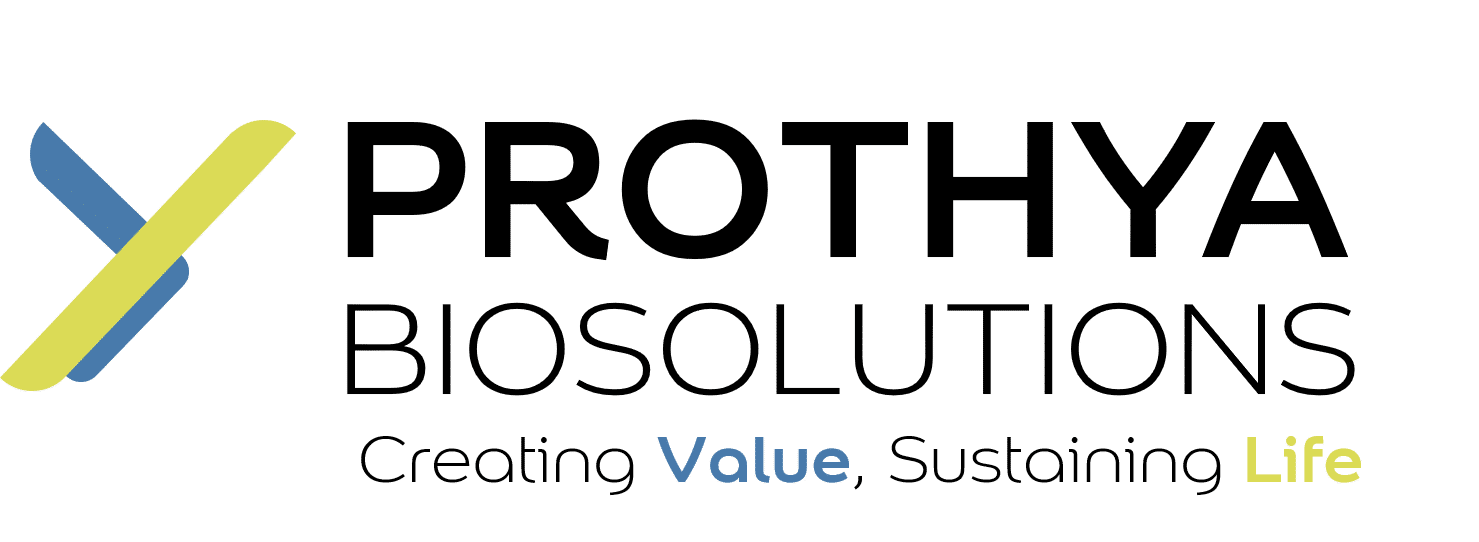THE growth of ovarian follicles is a highly complex physiological process that is under the endocrine control of pituitary gonadotropins and is also regulated through paracrine and autocrine mechanisms by various hormones, growth factors and steroids. Much information is available about the growth and development of follicles from the primordial to the preovulatory stage in cattle (Driancourt 2001). Some information is now available, although in a fragmented form, on some of the major events of folliculogenesis in buffaloes (Bubalus bubalis) (Manik and others 2002), but information on the factors and mechanisms involved in regulating folliculogenesis is almost completely lacking in the species. As well as its known metabolic effects, insulin is involved in the regulation of ovarian function (Poretsky and Kalin 1987). Insulin has been shown to stimulate proliferation of and hormone production by ovarian granulosa cells in many species. However, the responsiveness of granulosa cells to insulin varies widely between species (Langhout and others 1991, Spicer and others 1993, Campbell and others 1996). No information is available on the concentrations of insulin that are effective in stimulating cell proliferation or hormone production by buffalo granulosa cells. This short communication describes a study to determine the effects of insulin on cell proliferation and progesterone production by buffalo ovarian granulosa cells cultured in vitro. Buffalo ovaries were collected from an abattoir immediately after slaughter, and washed three times with chilled (4 to 10°C) isotonic 0·9 per cent saline containing 400 iu/ml penicillin and 50 μg/ml streptomycin. All chemicals and media were purchased from Sigma unless otherwise indicated. After transport to the laboratory (within five to six hours, in chilled saline), the ovaries were immersed in 70 per cent ethanol for 30 seconds and then washed three times with saline at room temperature; henceforth, the ovaries were kept at room temperature. Granulosa cells were aspirated from small follicles (≤5 mm diameter, based on the surface diameter) with a 26 gauge needle attached to a 5 ml syringe and were washed three times with washing medium, which consisted of serum-free medium (DMEM:nutrient mixture F-12 Ham [1:1 ratio] supplemented with L-glutamine at a concentration recommended by the manufacturer, 5 μg/ml human apotransferrin, 0·1 per cent [w/v] bovine serum albumin, 10–7M androstenedione, 100 iu/ml penicillin, 0·1 mg/ml streptomycin and 0·25 μg/ml amphotericin B) plus 10 per cent fetal bovine serum (FBS). At each wash, the cells were separated by centrifugation at 200 g for 15 minutes. The pellet was resuspended in washing medium and was then passed through a 30 gauge needle attached to a 5 ml syringe to break up clumps of granulosa cells. The cells thus obtained were primarily antral (luminal) granulosa cells. The proportion of viable cells among the granulosa cells collected was determined by the trypan blue exclusion method using a haemocytometer. Granulosa cells were cultured in 48-well tissue culture plates in which the wells had been treated for optimal cell growth and attachment (one wash), at approximately 2 x105 viable cells in 500 μl of medium, for up to six days at 37°C in an atmosphere containing 5 per cent carbon dioxide. After 24 hours of culture, 250 μl of the medium in each well was replaced with an equal amount of fresh medium. The serumfree medium was supplemented with 10 per cent FBS for the first two days of culture to obtain optimal attachment of the cells. After this, the medium was completely removed and the attached cells in each well were washed twice with 300 μl serum-free medium. Incubations were then continued for another two or four days in 500 μl serum-free medium containing different concentrations of insulin (0, 10, 50, 100, 500 or 1000 ng/ml). The medium containing insulin was replaced daily with fresh medium containing the respective concentration of insulin. The samples of medium collected were stored at –20°C until subsequent analysis for progesterone. The experiment was concluded in some plates on day 4, whereas in the rest of the plates insulin treatment was continued up to day 6. The numbers of granulosa cells were determined at the end of the culture by a modification of a colorimetric method (Brasaemle and Attie 1988). After termination of the experiment, the microwells containing attached granulosa cells were rinsed twice with distilled water, and the cells were then fixed by the addition of 200 μl methanol per well and incubation at room temperature for 15 minutes. The plates were then emptied and completely dried. The cells were stained by the addition of 0·1 per cent (w/v) crystal violet and incubated at room temperature for 15 minutes. The plates were then emptied by inversion on to absorbent paper. The fixed, stained cells were solubilised by the addition of 2 per cent sodium deoxycholate (200 μl/well) and incubated at 60°C for one hour. The absorbance of the suspension in each well was read at 600 nm using a Beckman DU-640 spectrophotometer. The standard curve plotted between the number of cells and absorbance was linear between 103 and 105 cells. Veterinary Record (2005) 157, 746-748







